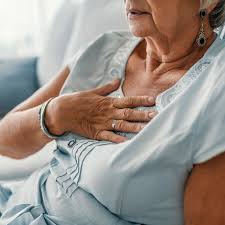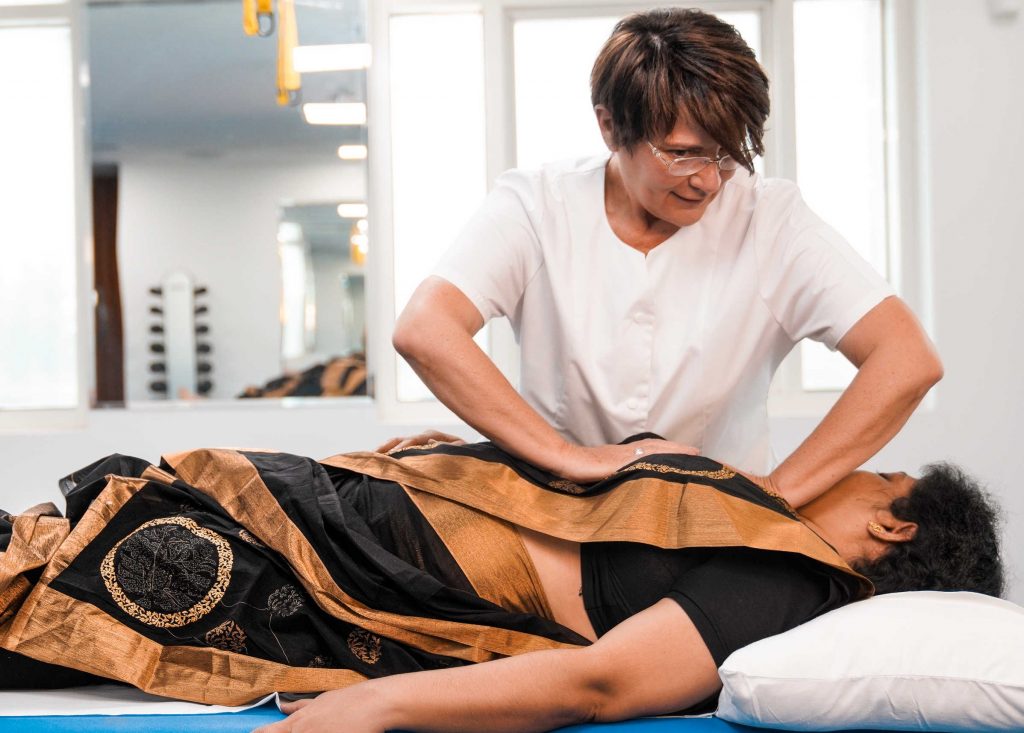Breathing Disorders
Pollution, Dusts, Smoking… Respiratory difficulties are more and more common
These cause cough, a feeling of discomfort, tightness and shortness of breath
Osteopathic techniques allow you to regain better breathing capacity, and your breath.

Recover a proper Breathing
Respiratory & Breathing Disorders
More and more people are diagnosed with pulmonary diseases. Hence, there is an ever-increasing reliance of medication aimed at relieving or controlling symptoms.
Although osteopathy will not cure any pulmonary disease, it will efficiently improve the breathing mechanism itself, reduce inflammation of the bronchi and increase your breathing capacity.
So, if you are constantly coughing, a smoker, easily out of breath after climbing up few stairs or even having difficulties catching up your breath .... You are at the right place.
Osteopathy is particularly indicated to help recover breathing capacity
Whether you are following a treatment or not for your condition, the osteopath will enhance better movement within your rib cage. He will foster the diaphragm and your lower chest to become more involved in the breathing process..
Combining several approaches, our skilled osteopaths efficiently help you recover your breath from acute & chronic disorder (more than 3 months) situations & reduce medication need.
Osteopathic medicine can help patients at any age, from the newborn to the elderly.
Are breathing disorders always a respiratory disease ?
Not Always … but they can easily lead to one. Indeed, both your nose, your mouth are pathways for airborne particles (pollution), smoke, viruses and allergens to enter your lungs. So, they are often linked with many lung/bronchi disorders.Hence, they can create emotional changes (i.e anxiety), an irritation, an inflammation or an infection and ultimately lead to a disease.
Specific diseases, such as bronchitis, sleep apnea, coronavirus, or chronic, such as Asthma and chronic obstructive pulmonary disease (COPD) are the cause of respiratory problems, that is, difficulty in breathing (dyspnea). COVID-19 is also leaves pulmonary aftereffects, and breathing difficulties (Long COVID). Coughing and difficulty in breathing can cause blockages in the rib cage (the ribs or the diaphragm), but also tensions in the spine, the thoracic and cervical vertebrae.
The osteopath will not work specifically on a specific area, but will look for loss of mobility in different tissues throughout the body. His goal will be to remove mechanical blockages on the joints, muscles, ligaments. Through various osteopathic techniques, the Osteopath restores good mobility, so that you recover better respiratory capacity.
So, ... How many sessions will you need ?
This clearly depends on your condition & the medical treatment that you are/have followed.
For instance, if you have just recovered from a bronchitis, an irritation, you can expect to recover almost full breathing with a single session. However, for long lasting breathing disorders, it will require probably more. Your osteopath will advise you at you first session.
Anyhow, you can not have more than one session per month (unless complex conditions). Your body needs time to adjust to the changes the osteopath will perform.

Anxiety Breathing Disorder
on diaphragm, strenum and thorax
How to keep your breath once you have recovered from breathing disorders ?
Once you have recovered , it’s also up to you to maintain it… So, the first thing to do :
- Quit Smoking (if you are a smoker that is). Indeed, we can help you increase your breathing capacity, but if you keep on smoking, your obviously
- Do Pilates and Yoga Exercise. , they incorporates breathing techniques that improve chest movement.
- We ll be glad to help you Stop Smoking and choose a Pilates & Yoga instructor among our medical partners